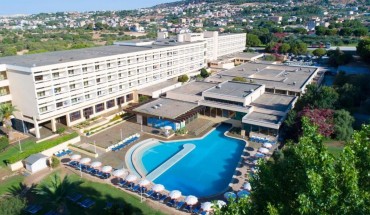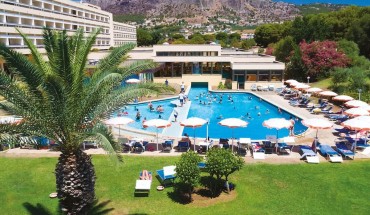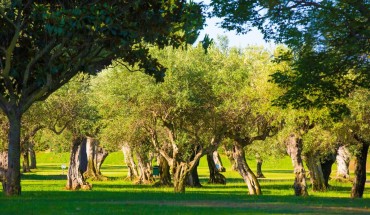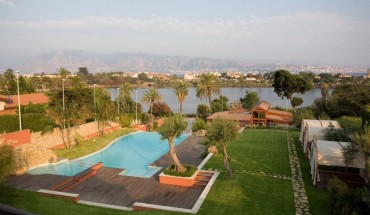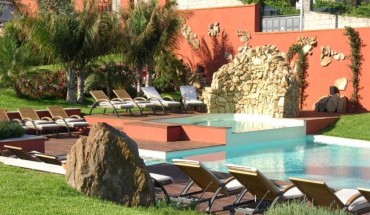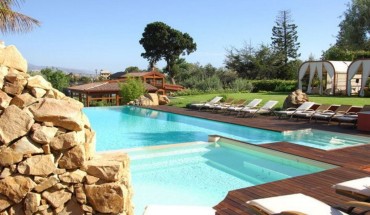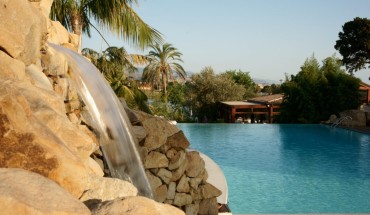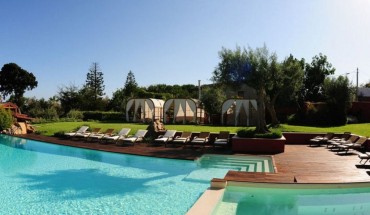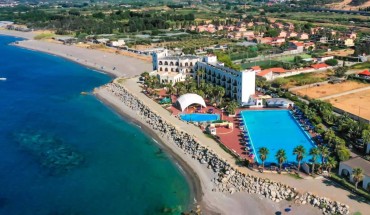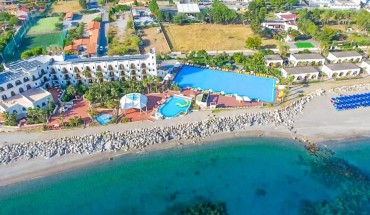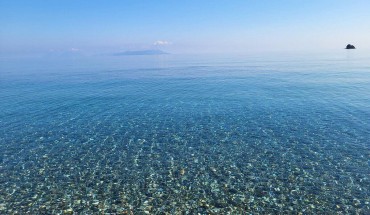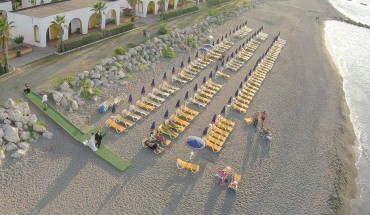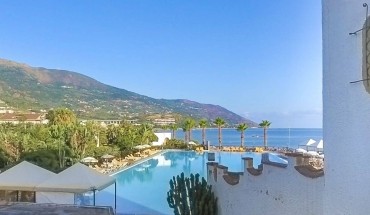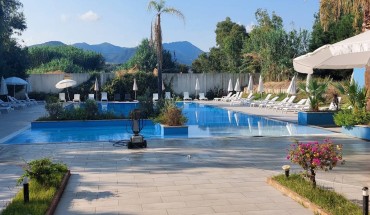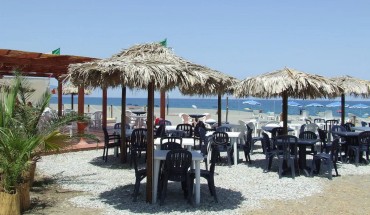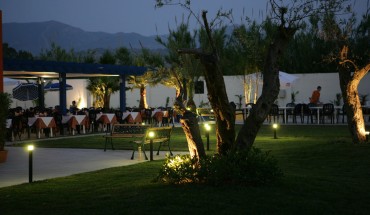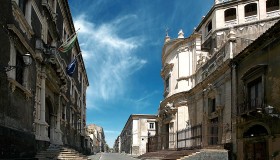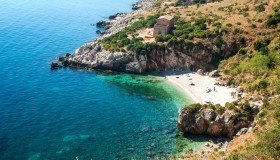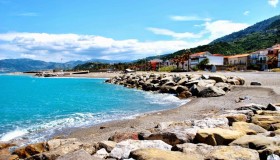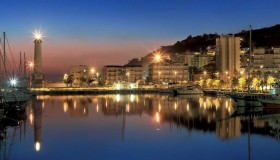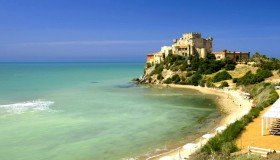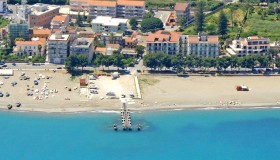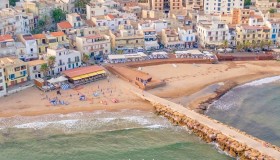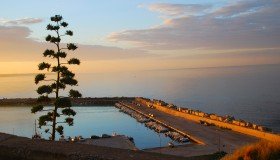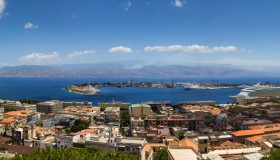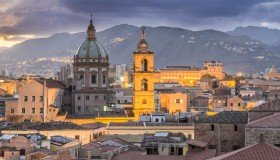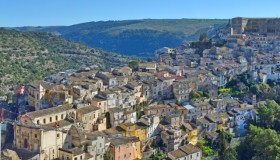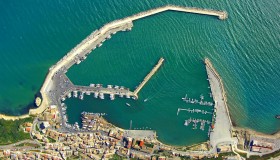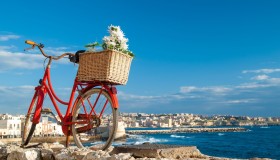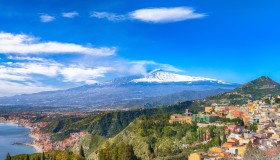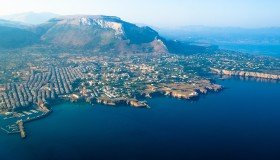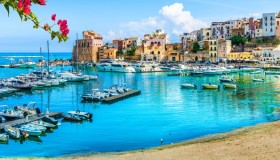Or write to us:
By pressing send button I declare that I have read and understood the information on the processing of my personal data provided by Travellero (View)
Travel offers Sicily - page 4
History, art and culture worth discovering
Recommended hotels in Sicily
MClub Lipari
For a holiday full of nature, relaxation, fun and more: the MClub Lipari structure is surrounded by greenery, with swimming pools for adults and children and a private beach.
From € 86 / person per night
Hotel Villa Morgana Resort & SPA
.Hotel Villa Morgana Resort & SPA is located in the enchanting setting of Lake Garnizzi, in Messina, surrounded by a beautiful garden, retains the elegance and warmth of the environment.
From € 50 / person per night
Hotel Club La Playa
Discover Hotel Club La Playa in Marina di Patti, Messina: seafront location, comfortable rooms, excellent services, and easy access to Milazzo, Tindari, and the Aeolian Islands. The perfect holiday ...
From € 50 / person per night
Batuca Village
Batuca Village & Camping is located directly on the beach, in Terme Vigliatore, Messina. Ideal for those looking for a holiday full of fun and relaxation, it offers a private beach, sports fields and ...
From € 47 / person per night
What see in Sicily
Sicily is the biggest island of the italian territory, divided from the continent by the Strait of Messina. It is a real national gem. Nature is everywhere and manifests all its strength and magnificence in the mountains, hills, volcanic islands and especially in the sea that, with its enchanting bottoms and crystal-clear water, is the reason why tourists from all over the world choose Sicily as their summer destination.
The Ionian Sea, Tyrrhenian Sea and Mediterranean Sea wet the coasts of Sicily, offering landcapes with magnificent colours like the Eolie islands (Lipari, Vulcano, Stromboli, Salina, Filicudi, Alicudi and Panarea) charaterized by deep-blue water, grottos along the coasts, small clear-water beaches. Egadi, Pelagie, Pantelleria and Ustica complete this unique picture together with the two active volcanos Etna and Stromboli. Etna's eruptions originated spectacular landscapes.
History, culture and tradition emerge from many sicilian cities: the ancient hamlets of Taormina, the peculiar Isola Bella, big cities like Palermo, Catania, Caltanissetta, Enna, Messina, Ragusa, Siracusa, Trapani and Agrigento. Sicily boasts five sites that were acknowledged as UNESCO's world heritage: the archeological site of Agrigento, one of the main centers of the Mediterranean area, where doric temples represent the strongest testimony of the greek civilization in Sicily; Villa Romana del Casale, important for the extraordinary mosaics preserved inside the villa; Eolie islands, off the northern coast of Sicily; the late-baroque cities of Val di Noto (Caltalgirone, Militello di Catania, Catania, Modica, Noto, Palazzolo, Ragusa and Scicli); Siracusa and the rocky necropolis of Pantalica, with evidences of the greek and roman civilizations; Mount Etna, for its geological, scientific and cultural value; the arab/norman circuit with nine civil and religious monuments.
FOR ANY INFORMATION, DO NOT HESITATE TO CONTACT US!
We will be happy to help you
Talk to us
Travellero Club
Join our community to access:
Special rates
Exclusive benefits and freebies
Additional discounts
Accumulate holiday points

Get the Travellero Club discount now
By pressing "Join the club" I declare that I have read and understood the information on the processing of my personal data provided by Travellero (View)
